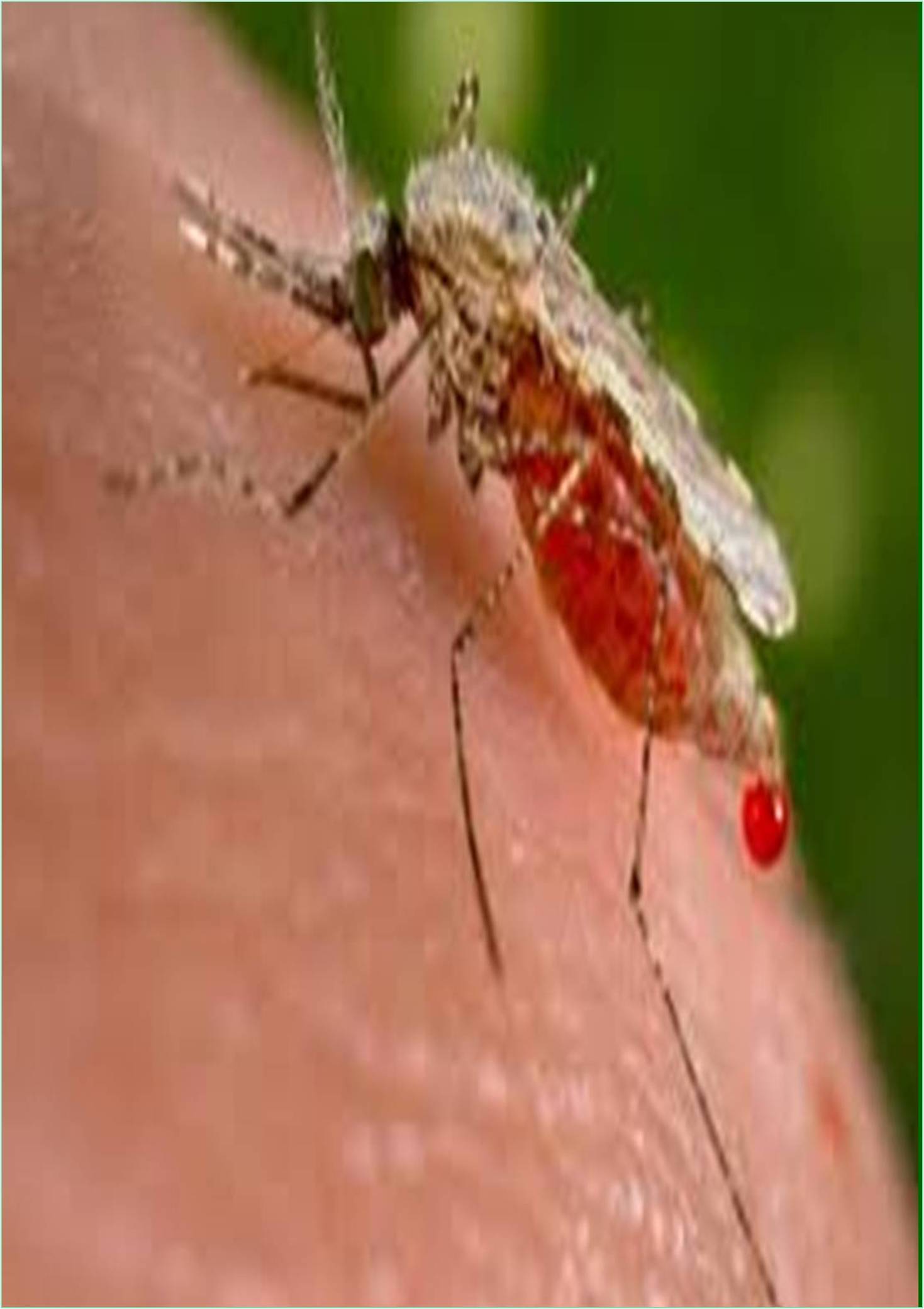



Received: 22-Jul-2022, Manuscript No. JMAR-22-72009; Editor assigned: 26-Jul-2022, Pre QC No. JMAR-22-72009 (PQ); Reviewed: 12-Aug-2022, QC No. JMAR-22-72009; Revised: 22-Aug-2022, Manuscript No. JMAR-22-72009 (R); Published: 29-Aug-2022, DOI: 10.15651/ IJMAR.22.2.007
Human tertian malaria is brought on by a kind of parasitic protozoa called Plasmodium ovale. It is one of the several Plasmodium parasite species that infect people, including the more common Plasmodium vivax and Plasmodium falciparum. In comparison to these two parasites, it is uncommon and far less harmful than P. falciparum. The parasite Plasmodia is the source of the mosquito-transmitted disease malaria. It can be found in the majority of tropical regions worldwide. It begins to show up as general symptoms like headache, fatigue, fever, muscular aches, etc. These signs frequently appear at regular intervals while the body is in the erythrocytic stage. In this exercise, the interprofessional team's role in managing patients with malaria is reviewed along with its evaluation and treatment.
List the several plasmodia species involved in the aetiology of malaria.
• Go over the Plasmodium ovale life cycle in the pathophysiology of malaria.
• Identify blood smear microscopy as the preferred malaria diagnostic technique.
• Summarize how important it is for the interprofessional team to work together and communicate in order to improve the care given to malaria patients.
If the female Anopheles mosquito carries the parasite that causes malaria, it can transmit the disease to humans through its bite. Plasmodium falciparum, Plasmodium vivax (the most prevalent), Plasmodium malaria, Plasmodium ovale, and Plasmodium knowlesi are the five different types of malarial parasites. Plasmodium ovale infection, thus, signifies the presence of that specific parasite in a person. In the spread of Plasmodium ovale, the female Anopheles mosquito serves as a vector or infectious agent. Plasmodium ovale is released into her host's body when a female mosquito drinks blood. Additionally, mosquitoes can acquire new parasites from infected individuals or animals and disseminate them to other victims. Plasmodium ovale internal infection signs may not appear in the host for 7 to 10 days.
The use of preventative measures as well as the severity of the infection and increases the risk of the disease. The majority of healthy people are able to get rid of the parasite; however in those who have immunosuppression, the parasite may persist. When consumed by mosquitoes, some parasites can undergo sexual reproduction by turning into gamete mother cells. After the mosquito consumes a blood meal in a new host, it develops into an infectious sporozoite and can then periodically infect new hosts. P. Plasmodium falciparum has a 30-day incubation period and can continue to prevent malaria for at least 4 weeks after leaving a region where it is endemic. There also have a few uncommon reports of Plasmodium falciparum infections that happened a year later. Plasmodium ovale and Plasmodium vivax have different incubation times that range from weeks to months.
Protective Factors
Sickle cell anaemia, haemoglobin C, thalassemia, and (Glucose-6-Phosphate Dehydrogenase) G6PD deficient patients are shielded against Plasmodium falciparum related mortality. The level of protection varies, though. After frequent exposure to mosquitoes, some residents of endemic regions may develop a partial immunity. This limited immunity lessens the infection's signs and severity. The individual loses the immunity as they leave the vicinity.
If a diagnosis of malaria is made simply on the basis of clinical symptoms, it can be confused with any other conditions. For instance, less frequent tropical illnesses such schistosomiasis, leishmaniasis, and typhoid fever can also result in spleen enlargement. Because of this, the most accurate diagnosis technique is a clinical test that enables skilled technicians to tell the difference between the four parasites while looking at a blood smear from an infected person under a microscope. This approach, however, has several disadvantages. For example, testing takes a long time, it is ineffective in situations with few parasites, and depends on laboratories and trained workers. Therefore, not just for those who live in rural areas without very advanced laboratory facilities, but also for everyone else, symptoms will continue to be a crucial test for recognizing malaria.